
What five gaming trends tell us about the post-AI future of work
Think that playing games is a waste of time? Bensen Koh disagrees, pointing out that the games we play might say much about the way we will work in the future.
This article is part of our Opinions section.
Love it or hate it, 2023 was a big year for artificial intelligence (AI). Whether you are an effective accelerationist or worried that AI will take over the world, we can all agree that AI will change the way we work and replace human jobs, even if we can’t agree on how many. Goldman Sachs estimates that the equivalent of 300 million jobs will be replaced, but others like Ben Goertzel expect the figure to be closer to 80% of all existing jobs.
Of course, the belief is that the rise of the AI industry will also create new jobs in place of the ones it takes away. But what are these new jobs, and are we ready to take them on? How do we avoid becoming a part of Yuval Noah Harari’s rising useless class, where people become not only unemployed but unemployable?
Sadly, we do not really know what kind of skills the post-AI workforce will need. Education gurus, career consultants and other so-called experts have no idea what kind of cascading changes AI will have on the future of work and the skills we will need. Generic answers like “creativity”, “strategic thinking” or “leadership” are unconstructive.
It would be safe to expect there to be new demand for AI engineers and prompt designers. But it is not logical or practical to expect that all the new jobs in the post-AI world will require AI expertise, in the same way that the invention of the steam engine did not only create jobs for steam engineers and boilermen. The steam engine led to the creation of railways, steamships and semi-automated factories, which in turn created all sorts of other new jobs like train conductors, ticket takers, snack cart vendors, cruise ship performers, activity coordinators – and the list goes on.
How we play says a lot about who we are
Perhaps a more enlightening approach would be to go back to the basics. Long before the invention of “education”, learning through free play was the way all children (including cute animal children like puppies and kittens) prepare for adulthood.
Karl Groos’ “The Play of Man” describes how children exercise essential skills like memory, reasoning and imagination, through their play. Jean Piaget’s theory of cognitive development builds on this and charts out different developmental stages of play, with younger children developing their basic motor skills, social skills and language skills, and play in adolescence and even adulthood focusing on the development of more advanced operational skills.
The way we play is arguably a predictor of the way that we will work. In the last two decades, two changes have taken place in parallel: the rise of computer and video games has significantly altered the way teenagers and adults play, and computers have revolutionised office jobs. Some older folks may still maintain strong biases against gaming, but numerous studies have already proven the benefits of gaming in moderation. These go beyond improved mental health and social skills, to more practical skills that prepare us for the working world like typing, cognitive processing and decision-making. When I was younger, I scoffed at peers who spent their time “poorly” getting and trading items on games like World of Warcraft and Maple Story. Today, some of these people have gone on to make millions in e-commerce and pop-up shops while I remained stuck in a 9 to 5 office grind.
So, if we accept that the way we play foreshadows the skills we need, what can the changes in the last five to ten years of gaming tell us about working in the post-AI world? Here are five trends that could help shed light on the future of work:
Auto Battlers
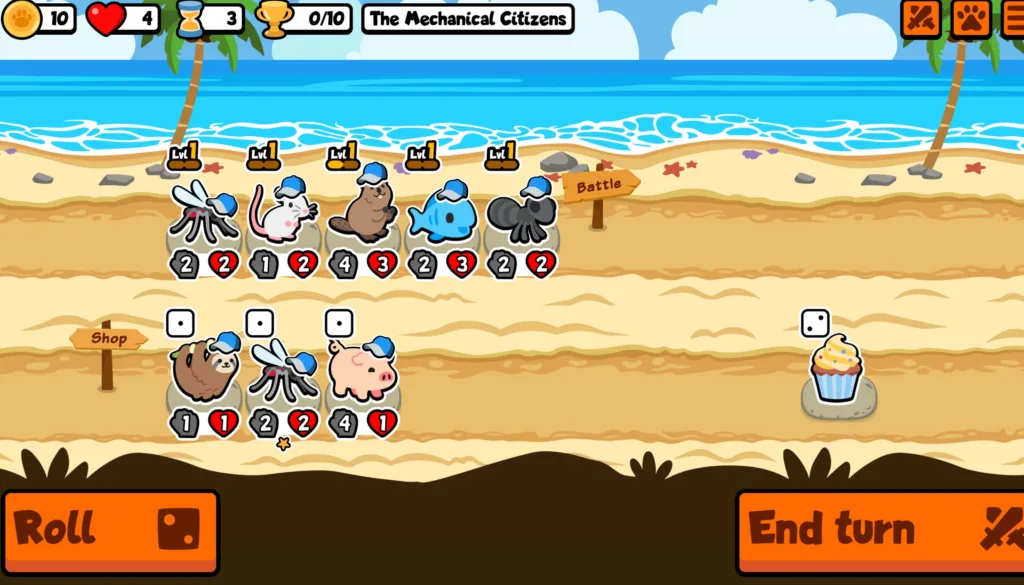
Auto Battlers are games where players place selected units or characters onto a board to fight each other automatically without any player input. Some may find the lack of control and agency perplexing, but Auto Battlers include hugely successful games that have made it into mainstream gaming like Dota Underlords and Hearthstone Battlegrounds.
In these games, players take a backseat tracking and monitoring unit stats like health points during the battle and then use these insights to refine and optimise their units during the setup phase. It is interesting to note how the setup-battle gameplay loop mirrors the AI development life cycle where models continuously evaluate and refine themselves. With AI doing the heavy lifting, perhaps future workers will align their work patterns with the AI lifecycle, observing trends before refining prompts or algorithms. Auto Battlers could also be training future workers to study and work with AI simulations and digital twins.
Colony Builders
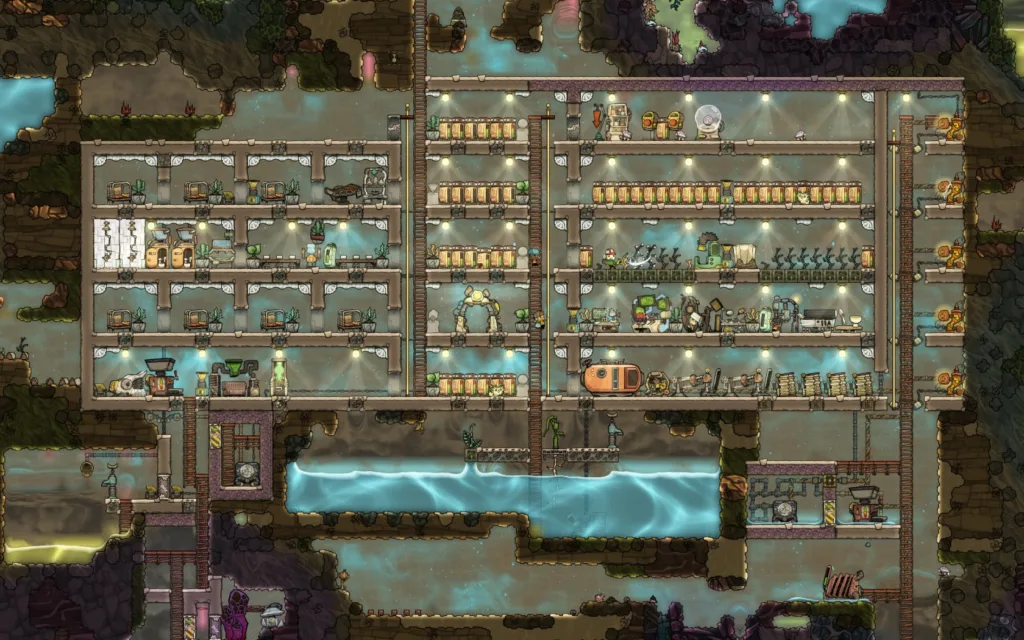
Simulation games are not new – SimCity was first published three decades ago in 1989. However, recent years have seen Colony Builders like RimWorld and Oxygen Not Included gain niche but strong player communities. In these games, players rarely directly control the actions of their units. Instead, players plan out a new colony development (such as new houses, resource gathering or new infrastructure) and periodically adjust a set of prompts that govern unit behaviour, before leaving the units to carry on.
These games focus on quintessential project management skills such as project planning, time management, costing and resource allocation, but accomplished through the optimisation of prompts and planning timelines. Unsurprisingly, project management skills will continue to be relevant in the post-AI world. But these games also train players to operate by setting action parameters and refining unit prompts to produce better outcomes, rather than through micromanagement.
User-Creator Platforms
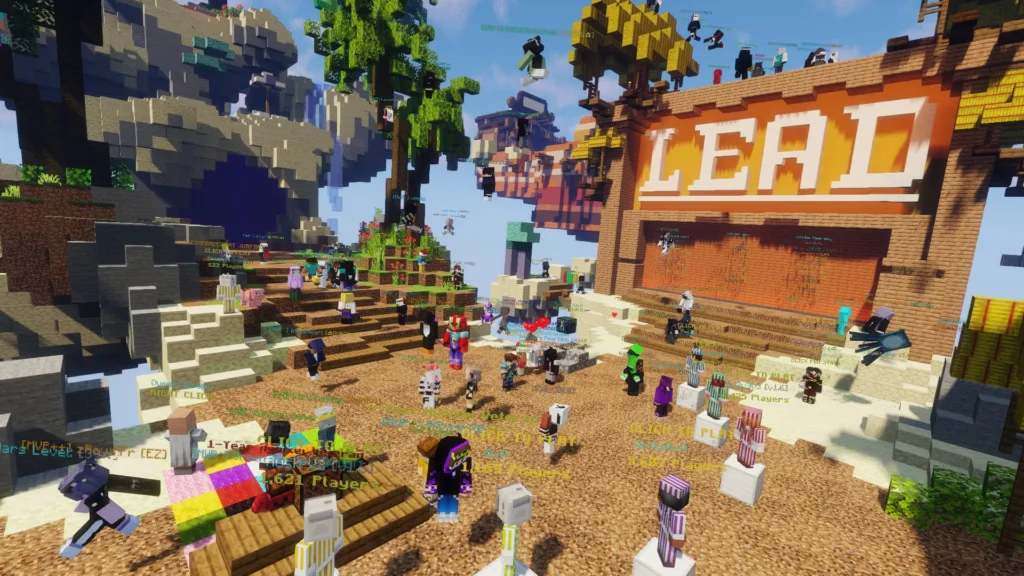
It would be remiss to talk about gaming trends and not mention the explosive popularity of online game platforms that revolve around user-creators. These games became especially popular amongst younger users during the pandemic years. 60% of Minecraft’s 170 million active players are below 21 years old, with 20% of active players being below 15 years old. 60% of Roblox’s 300 million active users are under 16 years old.
In these games, players are creators who operate within the parameters and limits of the gaming platform to design environments, events, or items through the platforms’ building and design tools. Roblox in particular includes a strong commercial element and allows players to buy and sell user-generated content.
These games exercise players’ creativity and teach them to navigate virtual social and commercial environments. In addition, training players to be creative within the boundaries and limitations of the platform’s building and design tools could also help to prepare future workers to make the most out of low-code no-code and other AI development tools.
Walking Simulators
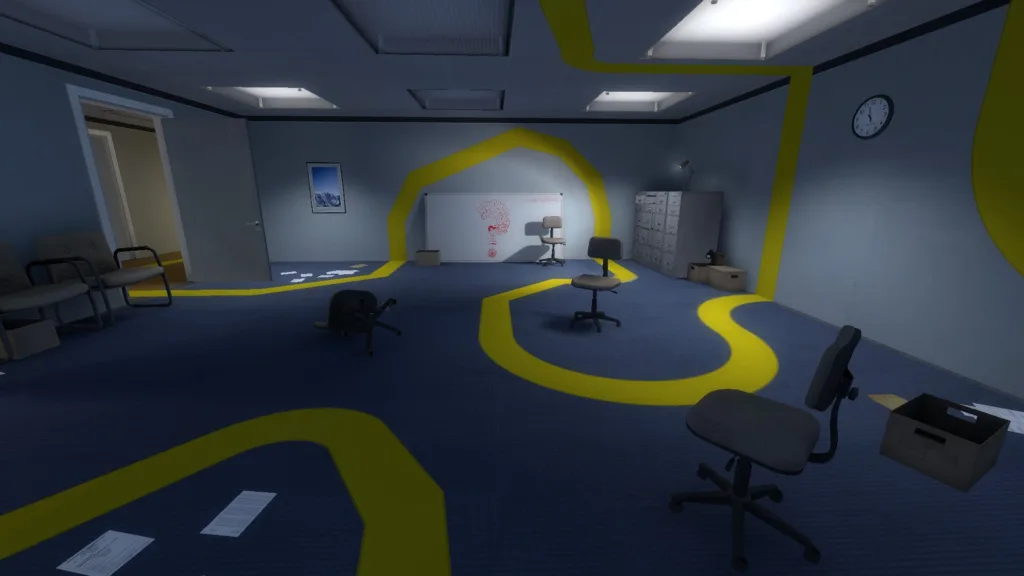
Most games involve some form of combat, or minimally some type of puzzle or conflict that needs to be resolved by the player to achieve success. Walking Simulators challenge this paradigm. Games like Gone Home, Firewatch and Oxenfree focus on storytelling, dialogue, and decision-making, and do away with the traditional win-lose binary altogether.
The term “Walking Simulator” was initially used as a pejorative term by detractors who criticised these games for only allowing players to figuratively “walk from here to there” without being able to take any action.
But these games are growing in popularity. Instead of controlling a character to win a scenario, players play to immerse themselves in the game environment to appreciate how their choices influence development and connect emotionally to the story. Perhaps games like this help prepare players for a working environment where the onus is on the AI to achieve an outcome and humans take on a more passive role that eschews the usual success-failure paradigm. Maybe players are being trained to connect emotionally with virtual environments and characters, which may be relevant to possible future jobs like designing AI personalities or shaping virtual communities.
Clicker Games
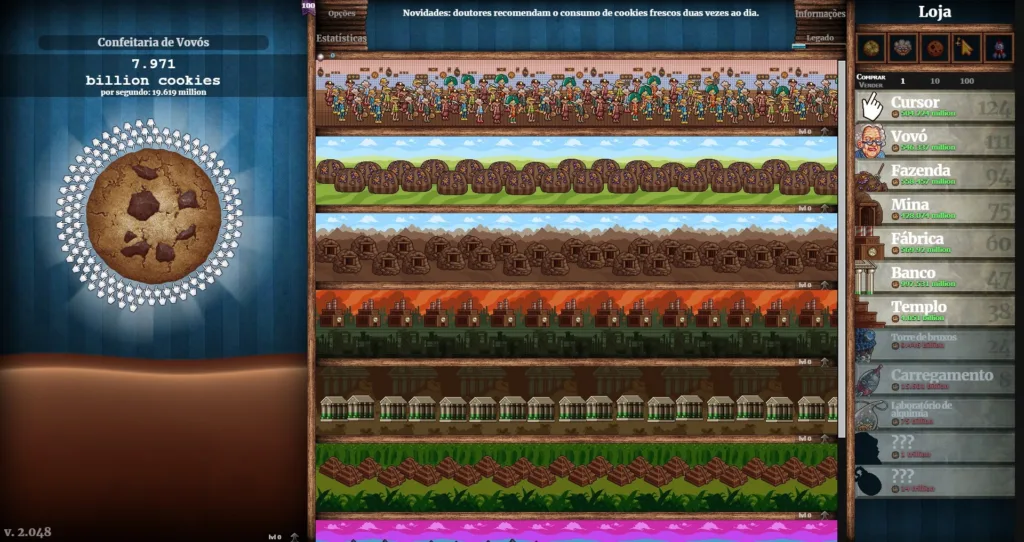
Perhaps one of the most noticeable gaming trends of the last decade is the prevalence of clicker games, also known as idle games, incremental games or tap games. These games mainly consist of the player performing simple clicking or tapping actions repeatedly to earn some progress or reward. Despite the lack of player interaction and widespread criticism of such games, they continue to be immensely popular.
These games always have very low skill barriers and train people to repeat simple actions, but they often require some basic form of pattern recognition for optimisation. Noting that human oversight will be a likely regulatory requirement for AI, these games potentially prepare AI auditors whose job will be to routinely click through and approve AI actions while keeping watch for non-compliance.
Also by Bensen Koh: Omotenashi in digital customer engagement: openness and sincerity through first-party data
NEXT UP

Slow buyers cause tech firms to rethink sales approaches as tough Q1 hits home
New research suggests tech sales were slow in Q1, with buyers of technology and professional services taking their time before committing to any solutions.
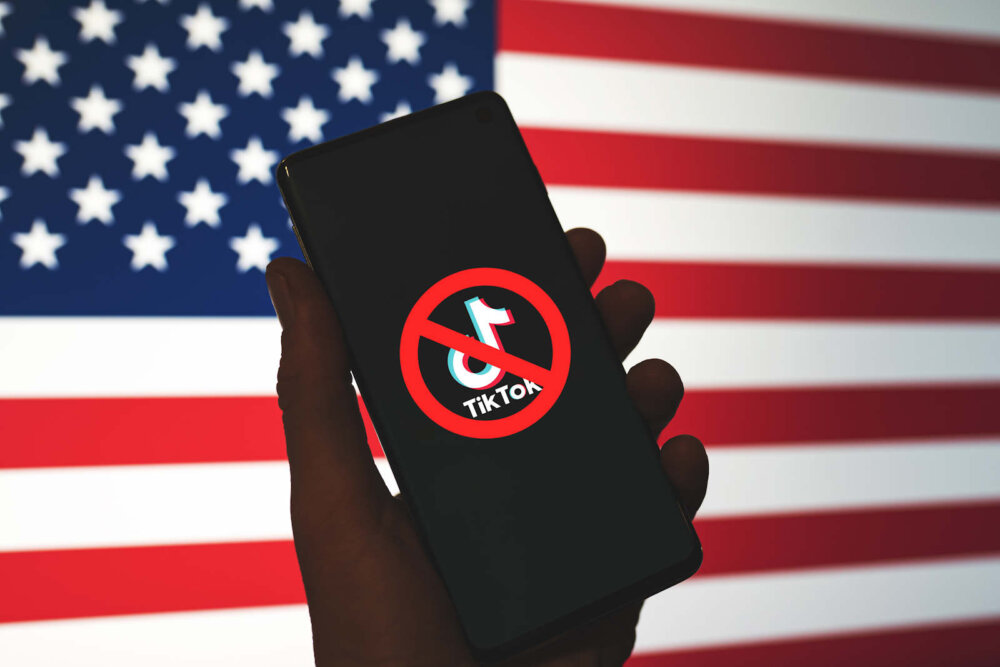
ByteDance says it has no plans to sell TikTok and refuses to bow to US pressure
ByteDance, the Chinese company that owns TikTok, stated that it “doesn’t have any plans to sell TikTok” on Toutiao, a social media platform that it also happens to own.
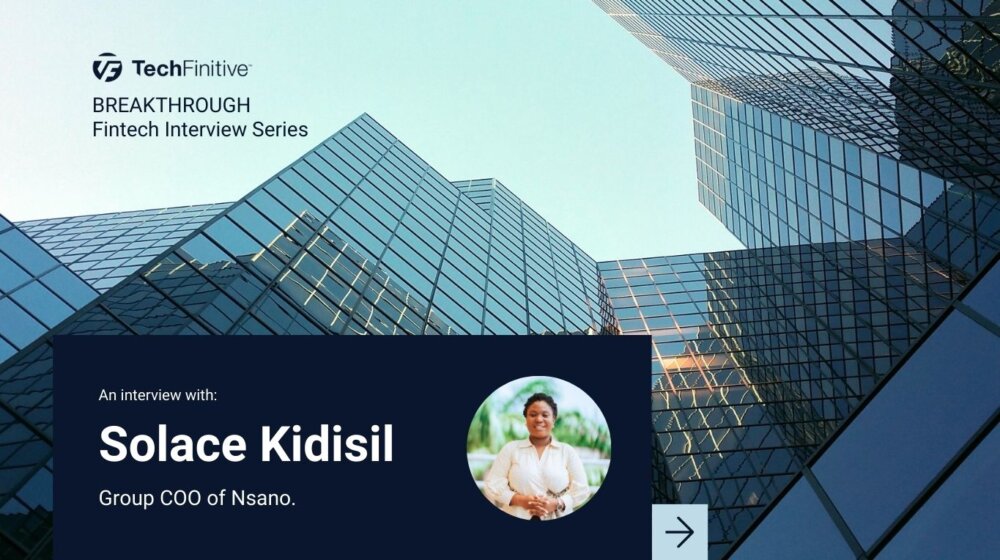
Solace Kidisil, Group COO of Nsano: “The difference between traditional finance and fintech is the questions we ask”
We interview Solace Kidisil, Group COO of Nsano, a fintech company from Ghana, offering digital payment solutions across Africa
